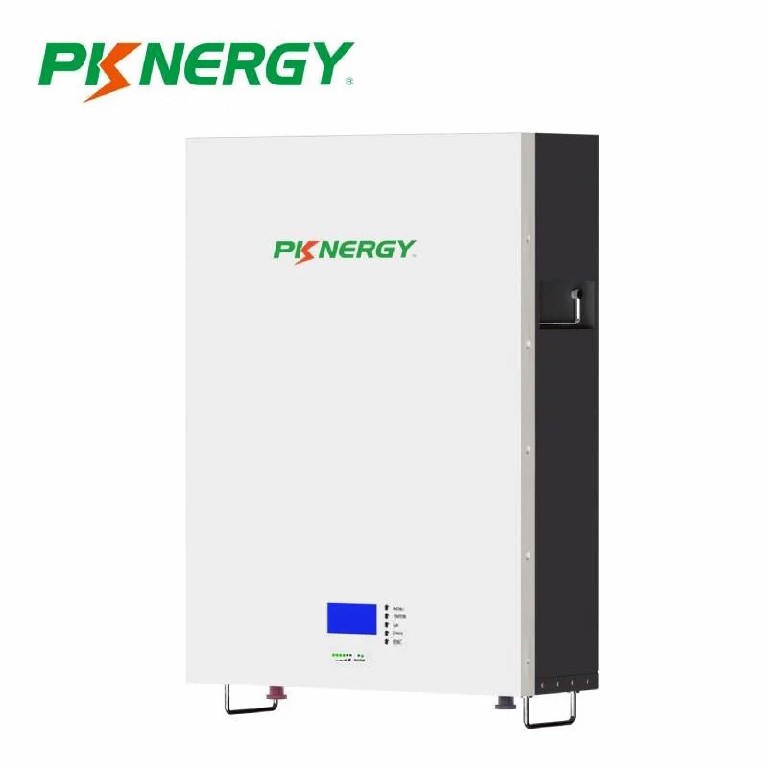
In today’s rapidly evolving world, energy consumption and management have become pivotal issues. The quest for sustainable and efficient energy solutions has led to remarkable innovations, among which the Powerwall battery stands out. Developed by Tesla, Inc., the Powerwall battery represents a groundbreaking advancement in energy storage technology. This compact, rechargeable lithium-ion battery serves as a key component in residential and commercial energy systems, promising to reshape the landscape of energy storage and consumption.
Understanding the Powerwall Battery: At its core, the Powerwall battery is a rechargeable lithium-ion battery designed to store energy for residential and commercial use. Its sleek and compact design allows for easy installation, making it an attractive option for both homeowners and businesses alike. With a storage capacity ranging from 13.5 kilowatt-hours (kWh) to 14 kWh, the Powerwall battery can store surplus energy generated from renewable sources such as solar panels, allowing users to harness energy even when the sun isn’t shining or during peak demand periods.
Key Features and Benefits: One of the standout features of the Powerwall battery is its versatility. Whether used as a backup power source during outages or as part of a larger energy management system, the Powerwall offers numerous benefits. Its seamless integration with solar panels enables users to maximize self-consumption of renewable energy, reducing reliance on the grid and lowering electricity bills. Additionally, the Powerwall’s ability to store excess energy for later use enhances energy independence and resilience, particularly in regions prone to blackouts or unreliable grid infrastructure.
Enhancing Energy Efficiency: Another significant advantage of the Powerwall battery is its contribution to enhanced energy efficiency. By storing surplus energy generated during off-peak hours, users can reduce their reliance on grid-supplied electricity during peak demand periods when energy prices are typically higher. This not only helps lower electricity bills but also alleviates strain on the grid, contributing to a more stable and sustainable energy infrastructure. Furthermore, integrating the Powerwall battery with smart energy management systems allows for optimized energy usage, further maximizing efficiency and cost savings.
Environmental Impact: In an era of increasing environmental awareness, the Powerwall battery plays a crucial role in promoting sustainability. By facilitating the adoption of renewable energy sources such as solar power, the Powerwall contributes to the reduction of greenhouse gas emissions and dependence on fossil fuels. Moreover, its long lifespan and recyclability make it a more environmentally friendly alternative to traditional energy storage solutions. As the world transitions towards a greener future, technologies like the Powerwall battery will play an instrumental role in mitigating climate change and preserving the planet for future generations.
The Future of Energy Storage: Looking ahead, the Powerwall battery holds immense potential to revolutionize the way we generate, store, and consume energy. As renewable energy sources continue to gain traction and the demand for efficient energy storage solutions rises, the Powerwall is poised to become an indispensable tool for homeowners, businesses, and utility providers alike. With ongoing advancements in battery technology and increasing economies of scale, the cost of energy storage is expected to decline further, making systems like the Powerwall even more accessible and widespread.
Challenges and Considerations: Despite its many advantages, the widespread adoption of Powerwall batteries faces certain challenges and considerations. Cost remains a significant barrier for many consumers, although declining prices and potential incentives may help mitigate this issue over time. Additionally, scalability and grid compatibility pose technical challenges that require further innovation and investment. Moreover, regulatory frameworks and policies surrounding energy storage and distributed generation vary widely across regions, affecting the feasibility and deployment of Powerwall systems in certain areas.
Conclusion: In conclusion, the Powerwall battery represents a paradigm shift in energy storage technology, offering a versatile, efficient, and sustainable solution for residential and commercial applications. Its ability to store surplus energy from renewable sources, enhance energy efficiency, and reduce environmental impact positions it as a key enabler of the transition towards a more sustainable energy future. While challenges remain, the continued development and adoption of Powerwall batteries herald a promising era of decentralized, resilient, and eco-friendly energy systems. As we strive towards a cleaner, more sustainable world, the Powerwall battery stands as a beacon of innovation and progress in the realm of energy storage.





